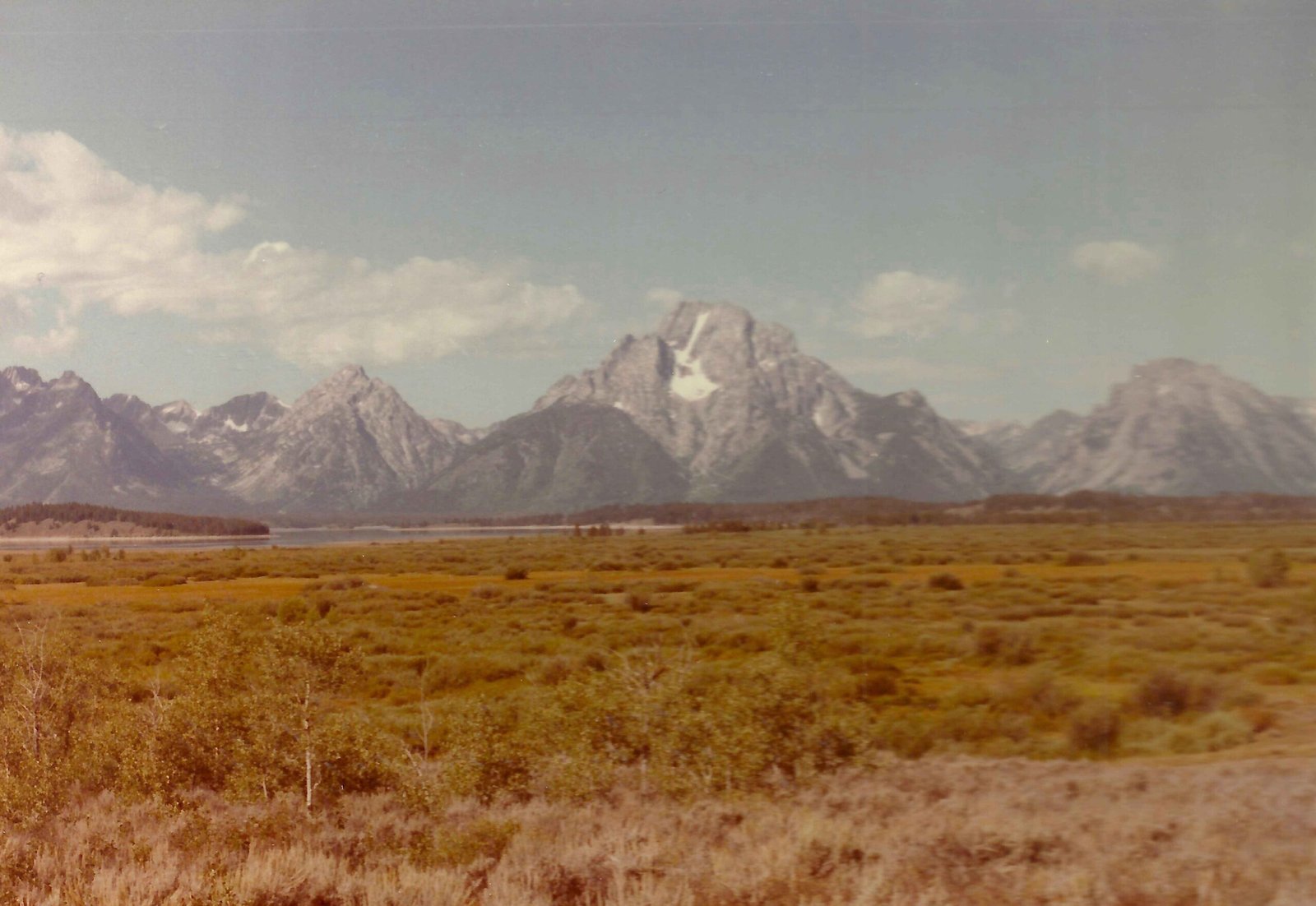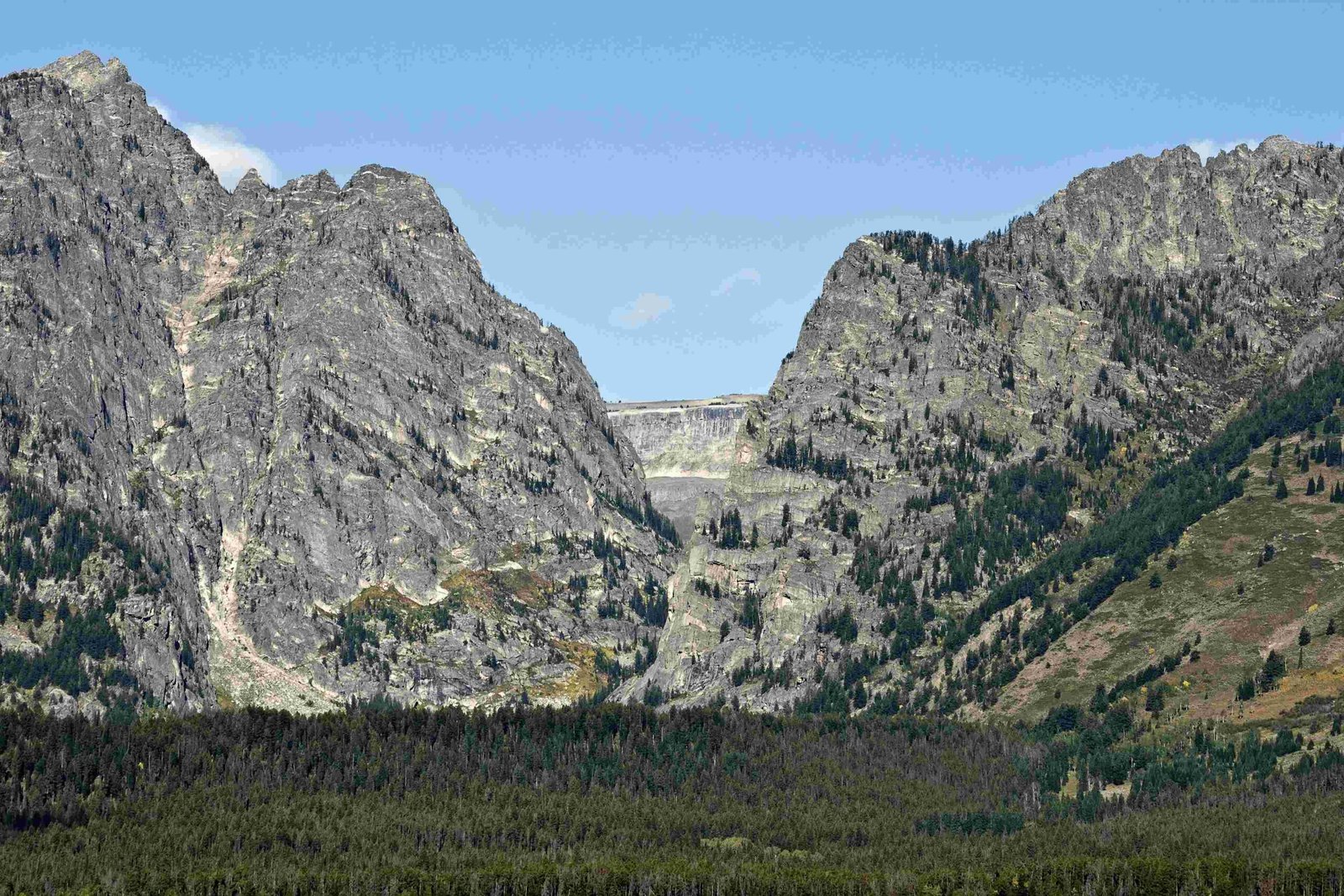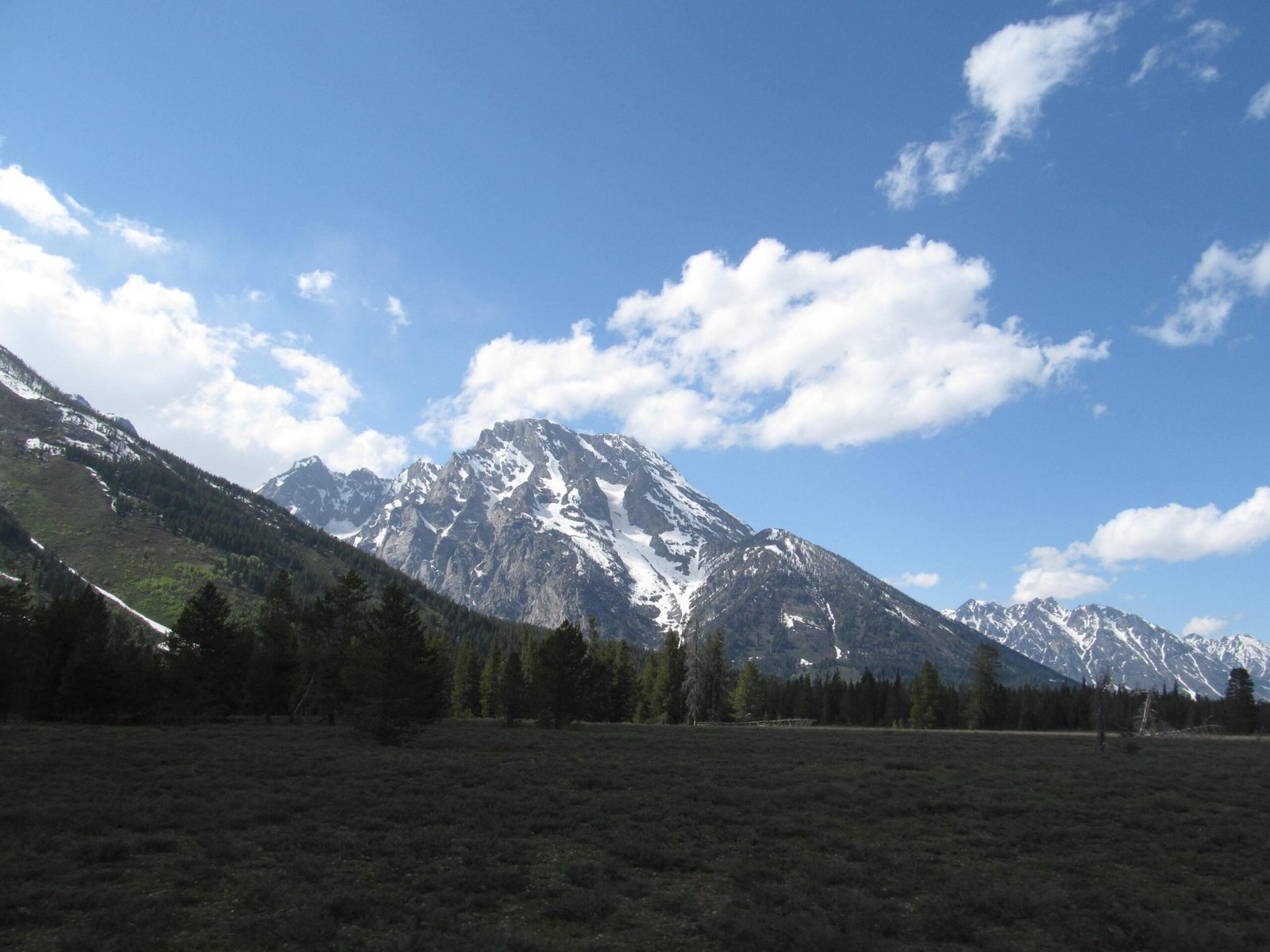Camping in Yellowstone and Grand Teton National Parks offers an extraordinary wilderness experience where pristine landscapes, diverse wildlife, and breathtaking mountain scenery converge. These iconic national parks provide adventurers with multiple campground options, ranging from developed sites with amenities to remote backcountry locations, ensuring an immersive outdoor experience for every type of camper.
What Makes Camping in Yellowstone and Grand Teton Unique?

Camping in these national parks is more than just pitching a tent; it’s an opportunity to connect with some of America’s most spectacular natural environments. The parks offer diverse camping experiences across various terrains, from lakeside locations to mountain valleys.
Where Can You Camp in These National Parks?
Grand Teton National Park Campgrounds
| Campground | Sites | Amenities | Season |
|---|---|---|---|
| Colter Bay | 335 sites | Showers, Laundry, Electric Hookups | Mid-May to Late September |
| Gros Ventre | 279 sites | Dump Station, Flush Toilets | Early-May to Early October |
| Jenny Lake | 49 tent-only sites | Limited Vehicle Size | Early-May to Late September |
Reservation Process for Camping
- Reservation Platform: Recreation.gov
- Booking Window: 6-month rolling basis
- Daily Release Time: 8:00 AM Mountain Time
- Account Creation: Required before booking
How to Prepare for Wildlife Encounters?
Essential Safety Guidelines
- Bear Safety Protocols
- Use bear-proof food storage lockers
- Hang food at least 10 feet high and 4 feet from tree trunk
- Carry bear spray
-
Make noise while hiking
-
General Wildlife Precautions
- Maintain safe distances from animals
- Never feed wildlife
- Store all attractants securely
- Travel in groups
What Camping Gear Should You Bring?
Recommended Camping Essentials
- Tent appropriate for mountain conditions
- Sleeping bags rated for low temperatures
- Waterproof layers
- First-aid kit
- Water filtration system
- Bear-resistant food containers
- Multi-tool
- Headlamp/flashlight
- Portable stove
- Emergency communication device
When Is the Best Time to Camp?
The optimal camping season spans from late May to early September, offering:
– Mild temperatures
– Most campgrounds open
– Reduced wildlife conflict risks
– Maximum accessibility to trails and facilities
How Much Does Camping Cost?
Camping fees vary by location and amenities:
– Standard sites: $25-$45 per night
– Group sites: $50-$75 per night
– Backcountry permits: $35 reservation fee
– Additional fees for vehicle size and hookups
What Are Backcountry Camping Requirements?
- Obtain wilderness permit
- Follow Leave No Trace principles
- Limit group size to 15 people
- Camp at least 200 feet from water sources
- Use established campsites when possible
Pro Tips for an Exceptional Camping Experience

- Book reservations early, especially during peak season
- Check current park conditions before arrival
- Carry multiple forms of navigation
- Inform someone about your travel plans
- Be flexible with your itinerary
Conclusion
Camping in Yellowstone and Grand Teton National Parks promises an unparalleled wilderness adventure. By understanding reservation processes, wildlife safety, and park regulations, you’ll create memories that last a lifetime.

